Lower back pain is often categorized as non-specific, meaning there is no apparent structural cause. Dr. Lev Kalika has spent years revolutionizing back pain treatment by introducing high resolution diagnostic ultrasonography for structural diagnosis, combined with gait and motion analysis technology to visualize and objectify functional human movement and its impact on the spine.
The motion and gait analysis lab at NYDNRehab features research-grade technology found at top research universities, and made available to patients in our private clinic. Dr. Kalika believes that what cannot be measured cannot be treated. Our gait and motion analysis goes beyond standard 3D technology, providing critical data that allows us to customize and track the progress of patient treatment.
In addition to his academic credentials, Dr. Kalika is a Certified Biomechanist, Certified Gait Analyst, and is certified in Dynamic Neuromuscular Stabilization (DNS). He has over 15 years of experience in diagnostic musculoskeletal ultrasonography, extracorporeal shock wave therapy (ESWT) and orthotic prescription. He is an expert in ultrasound guided injections and dry needling procedures.
Dr.Kalika’s expertise in lower back pain is sought by professional athletes, dancers, runners and physically active individuals across the United States.

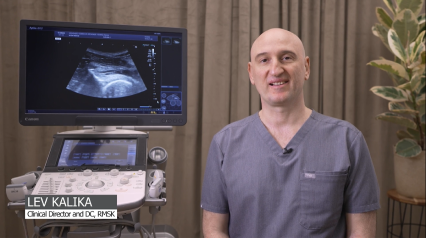

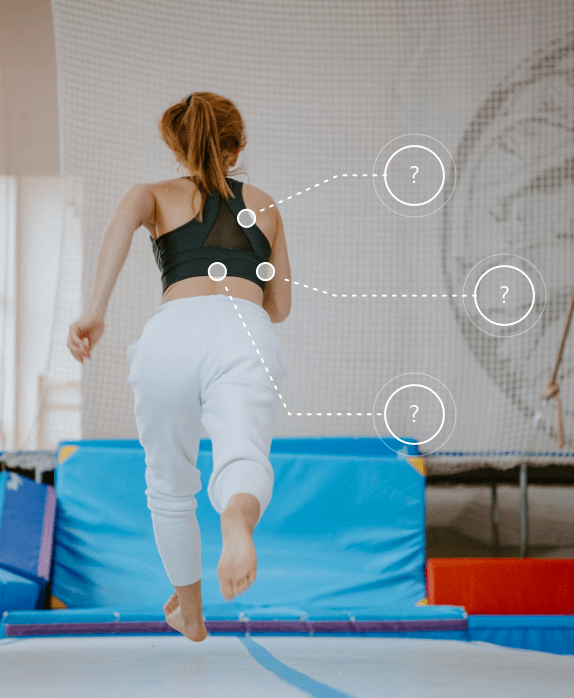
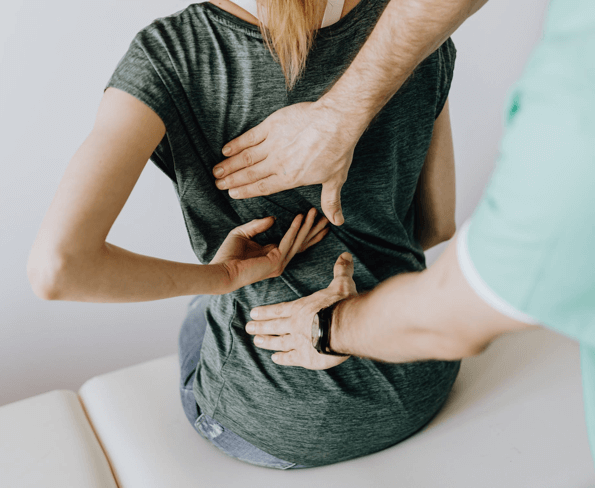








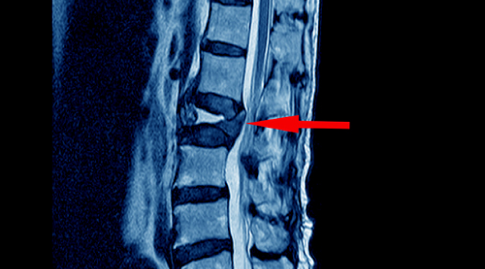
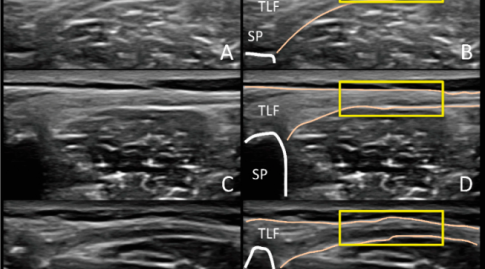
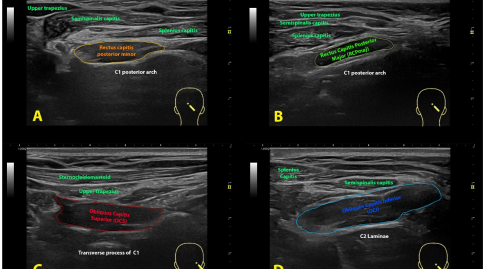
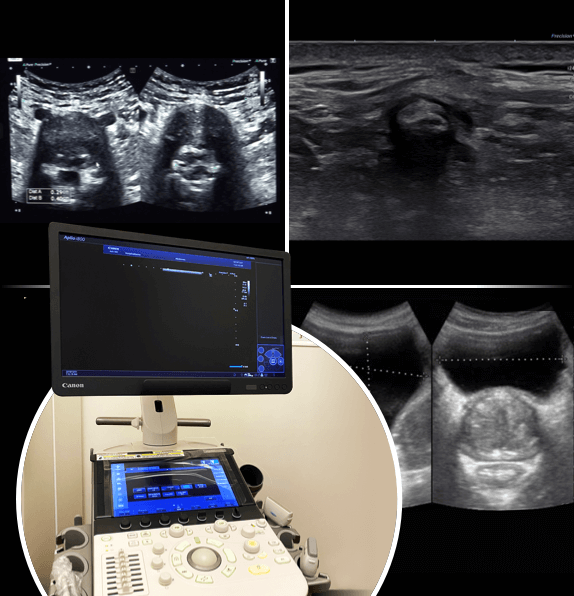
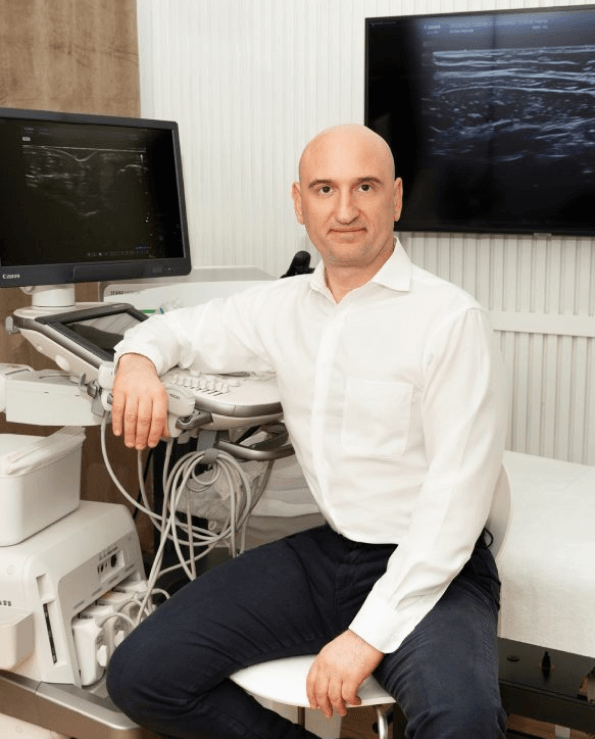

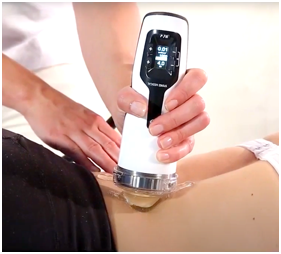



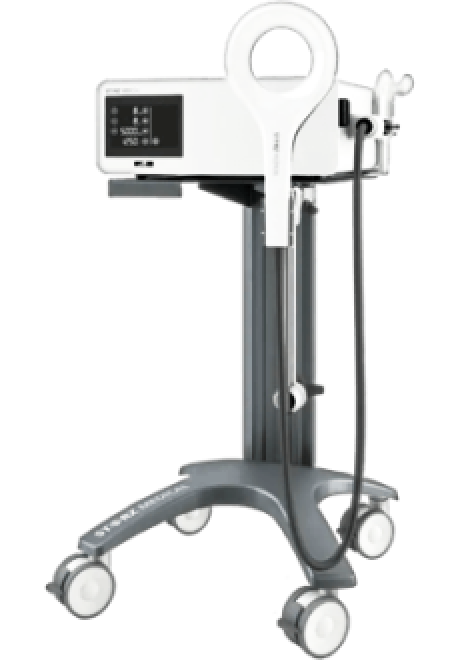
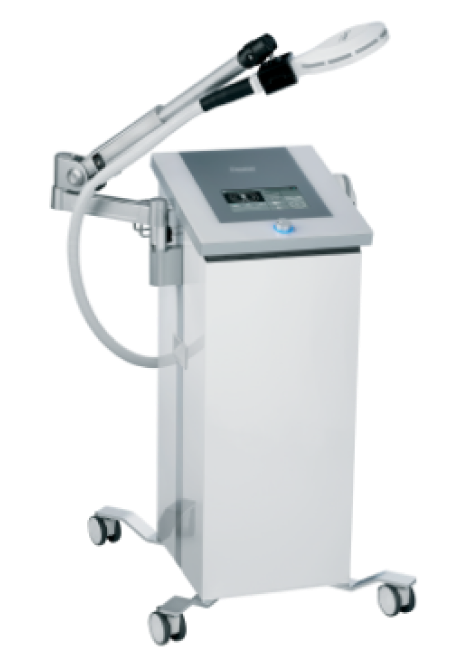
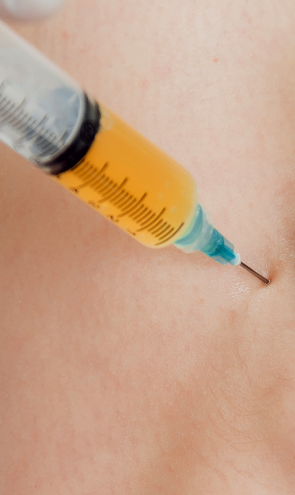

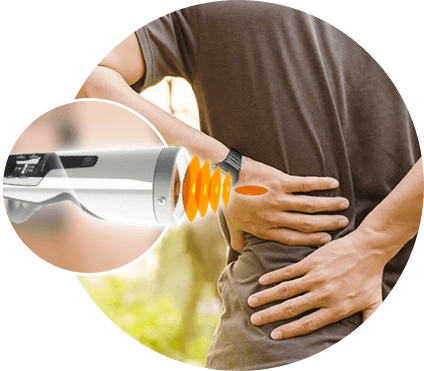


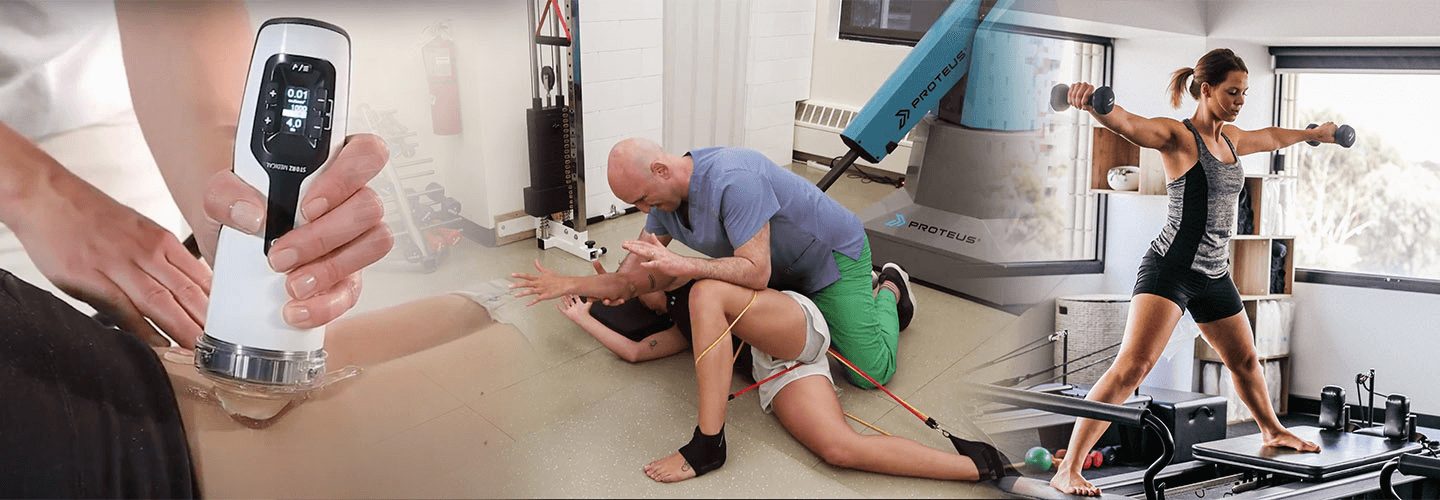
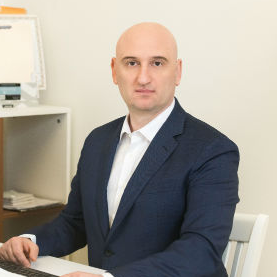
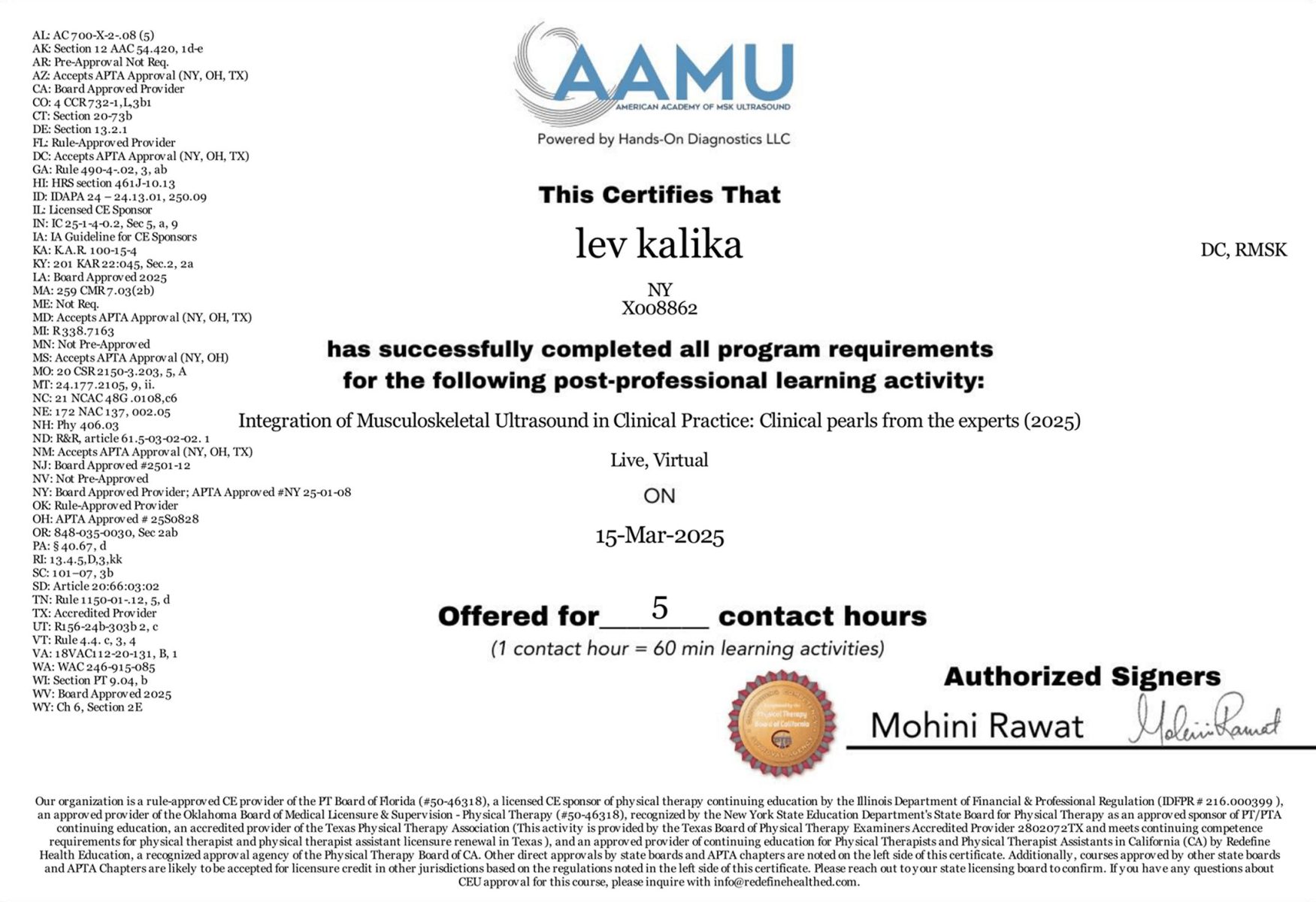

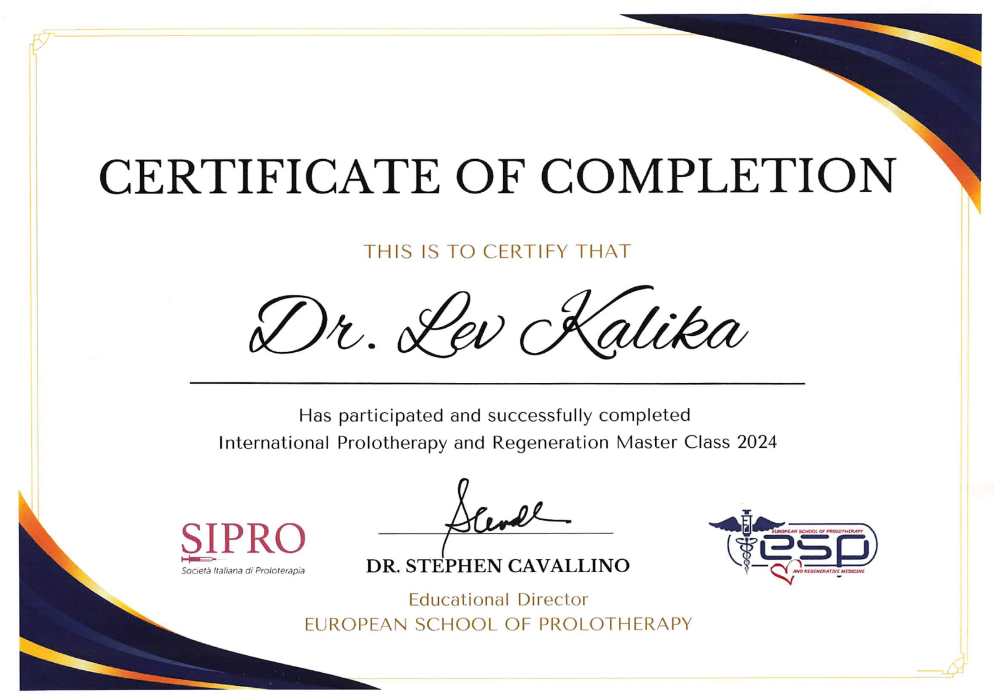
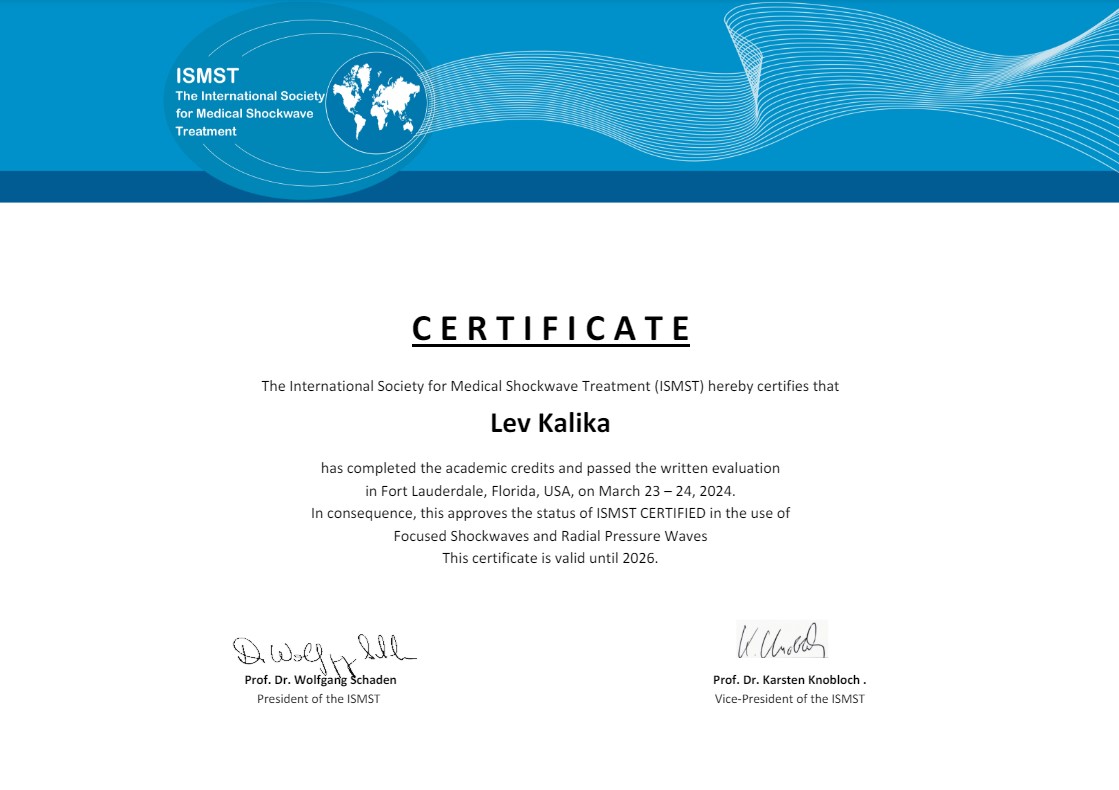




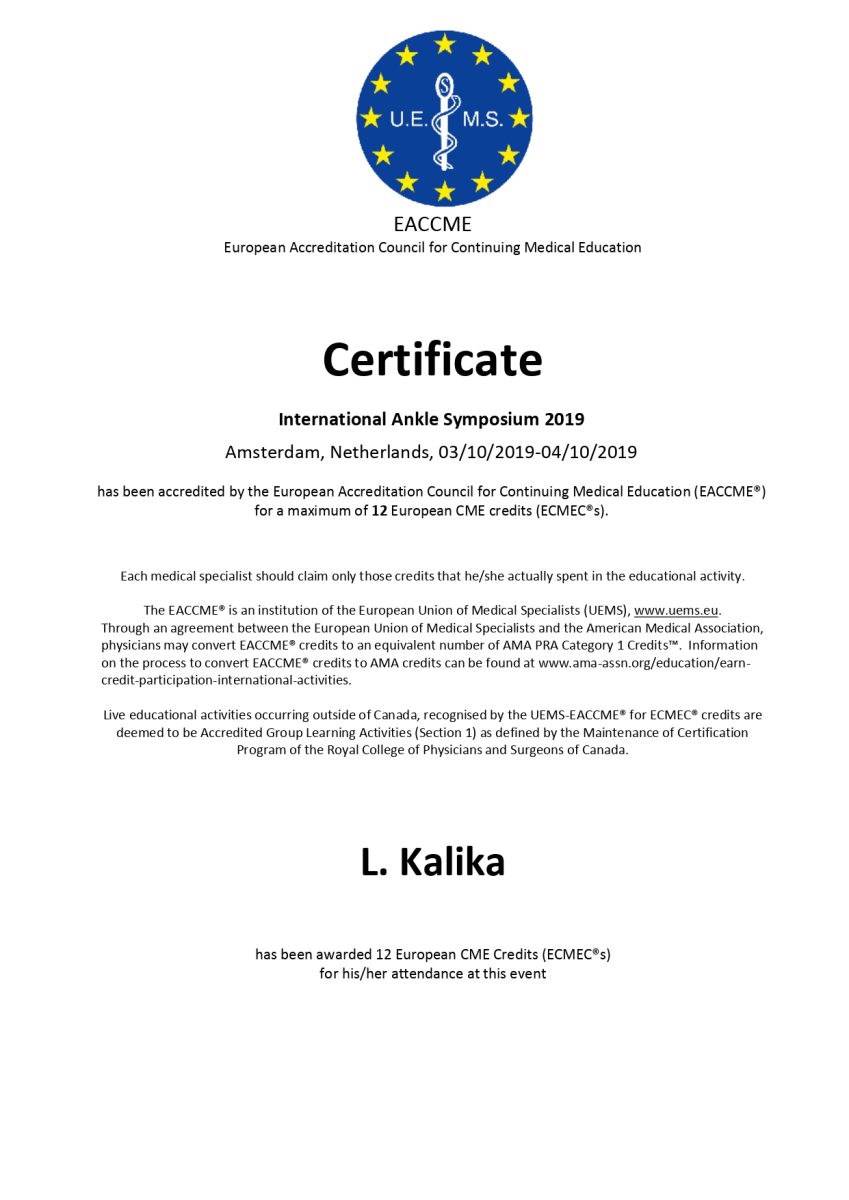
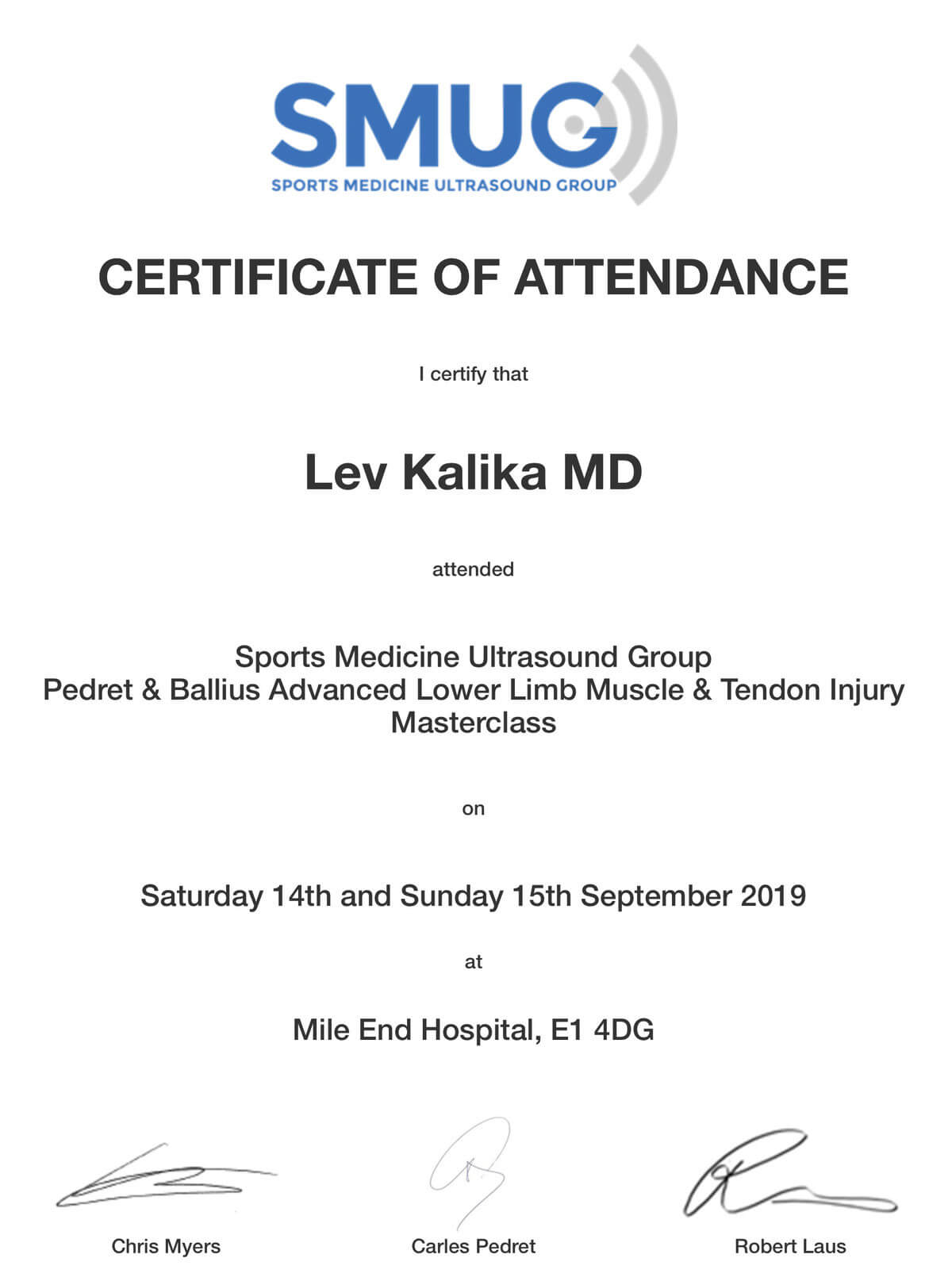
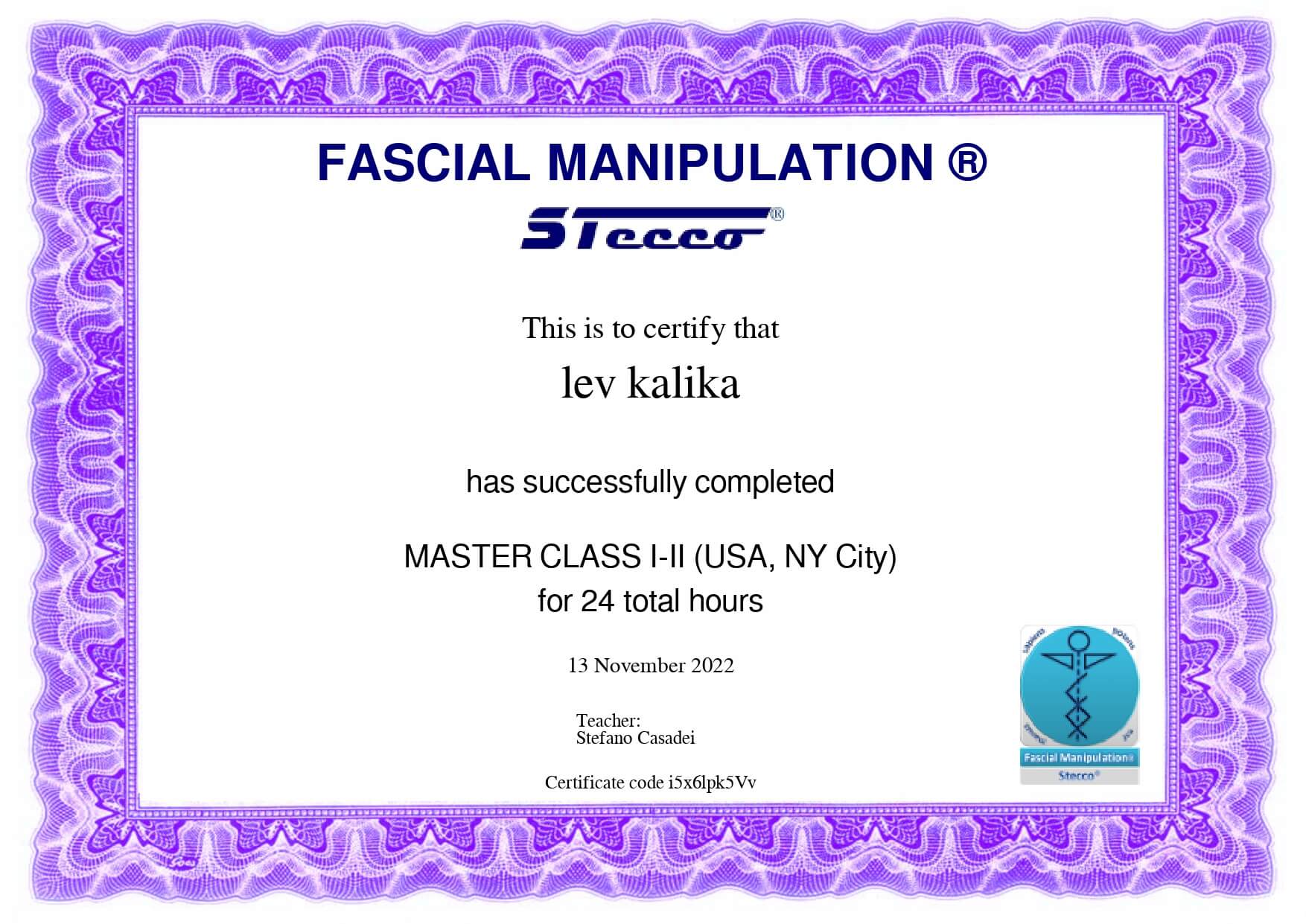
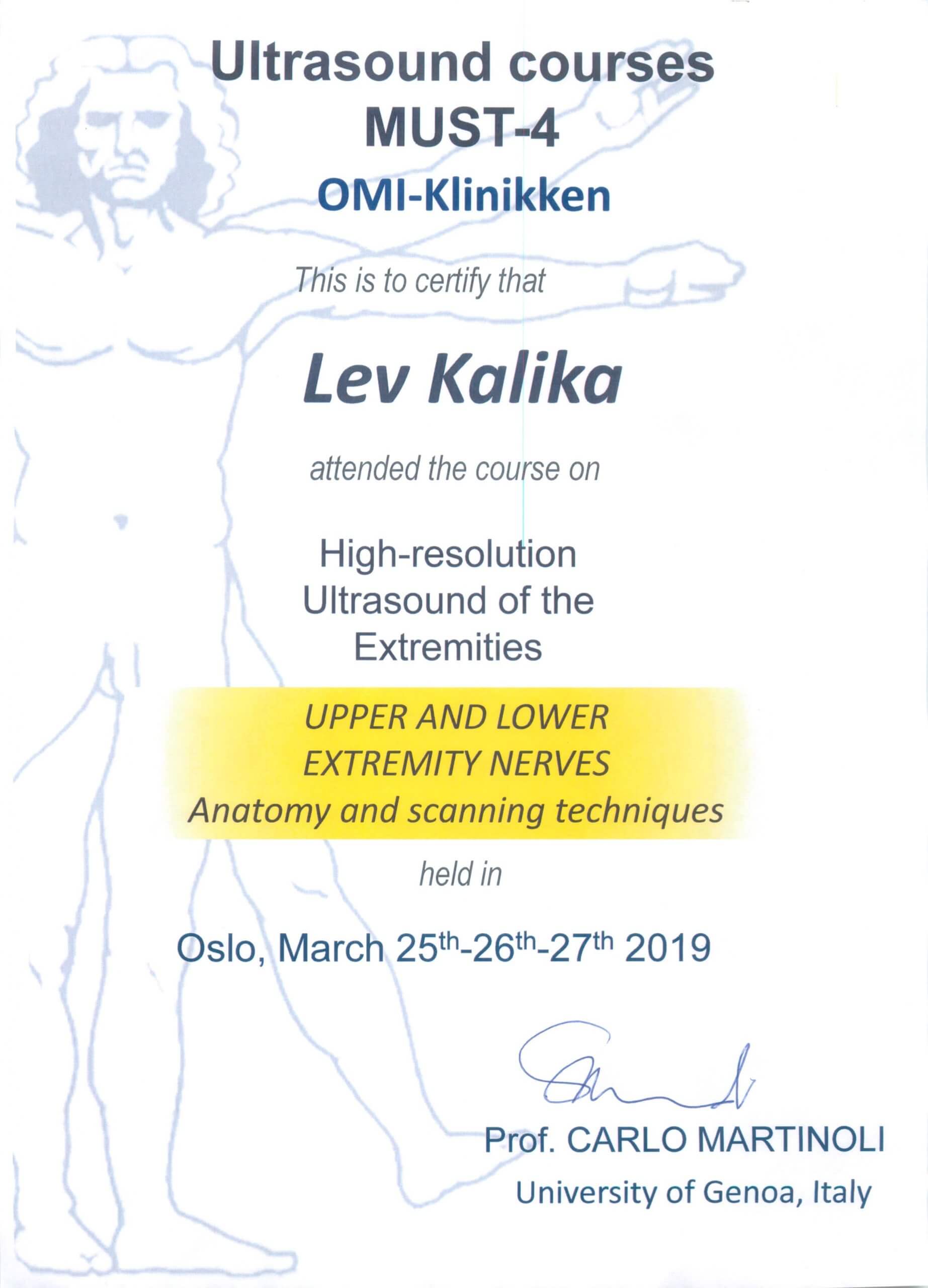
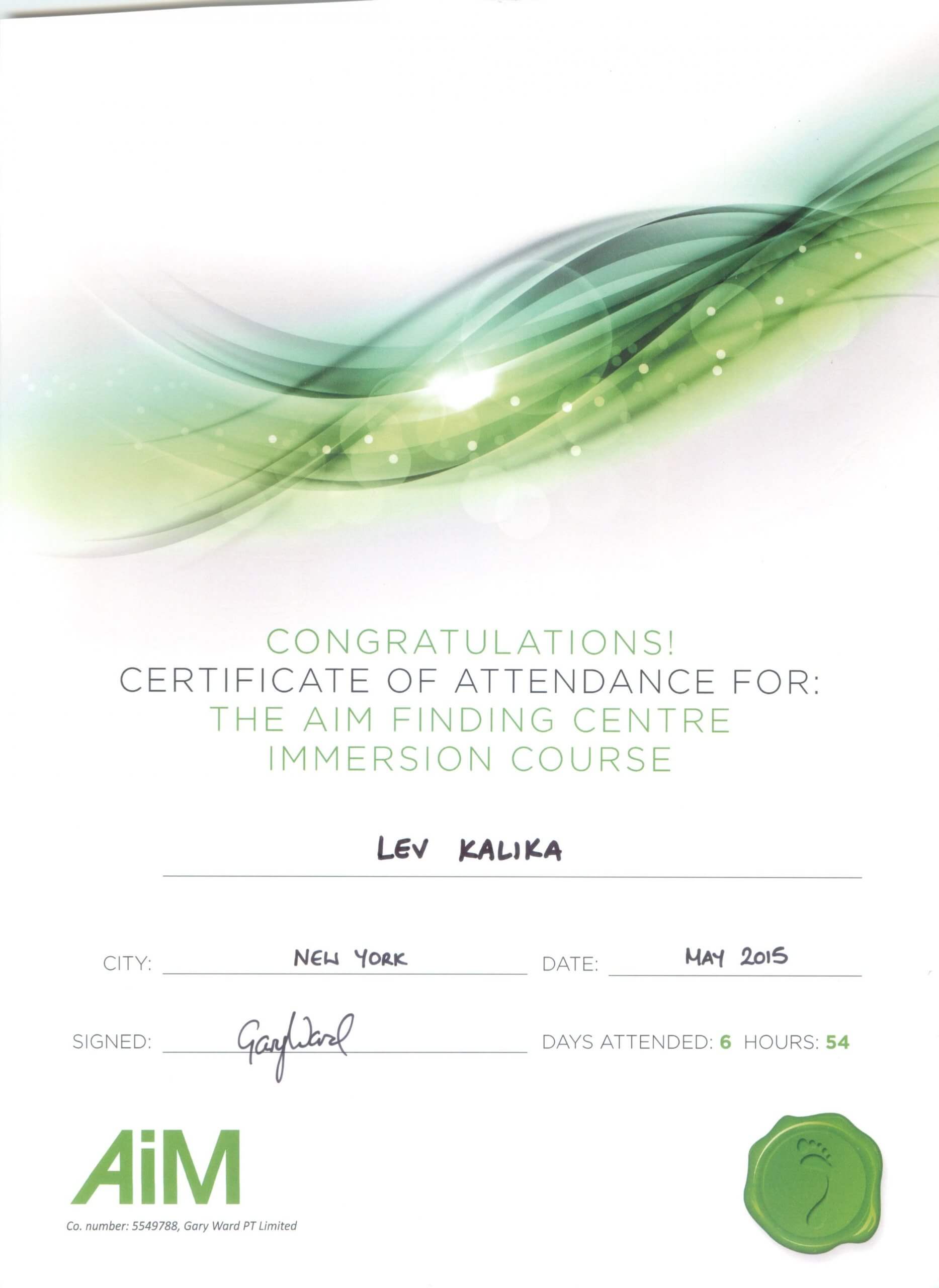
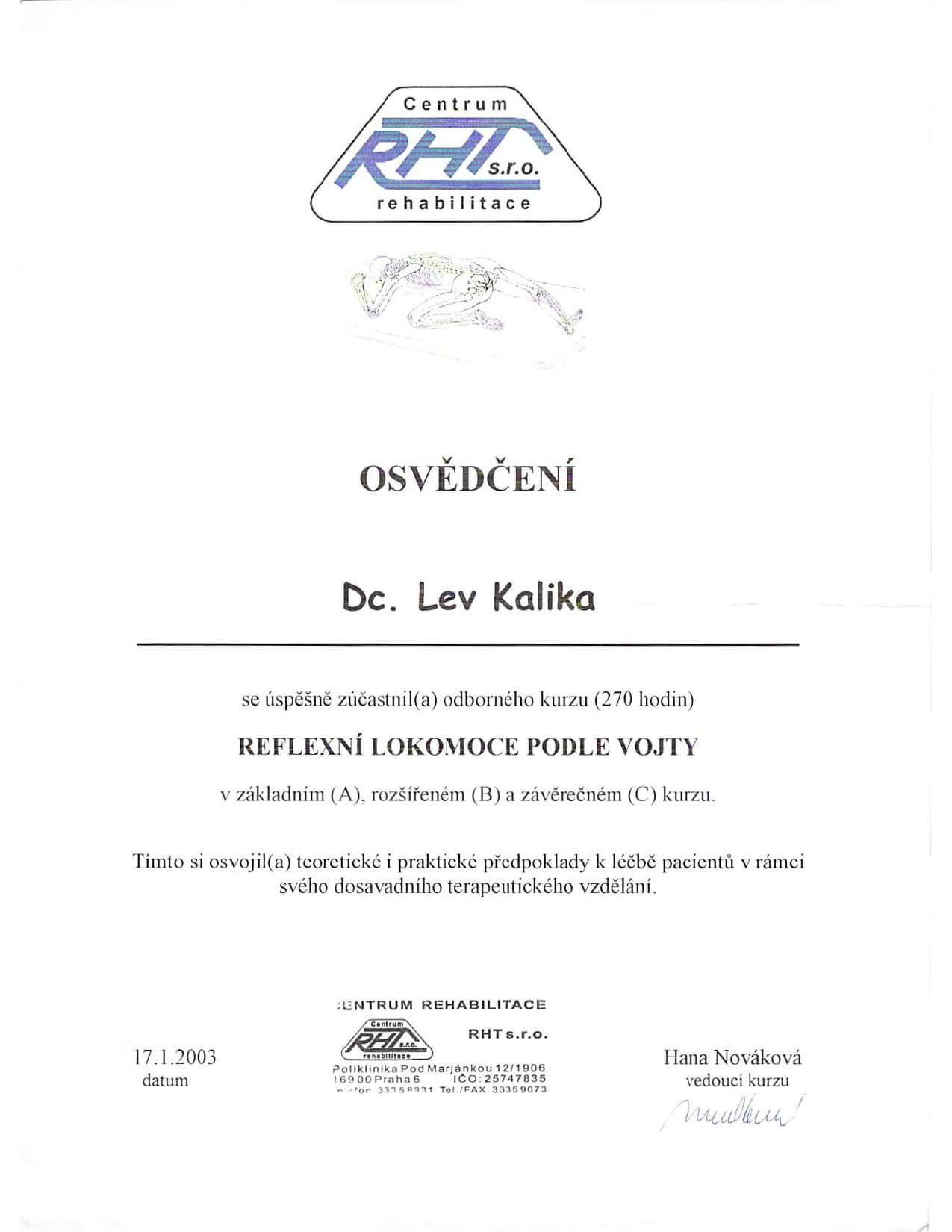
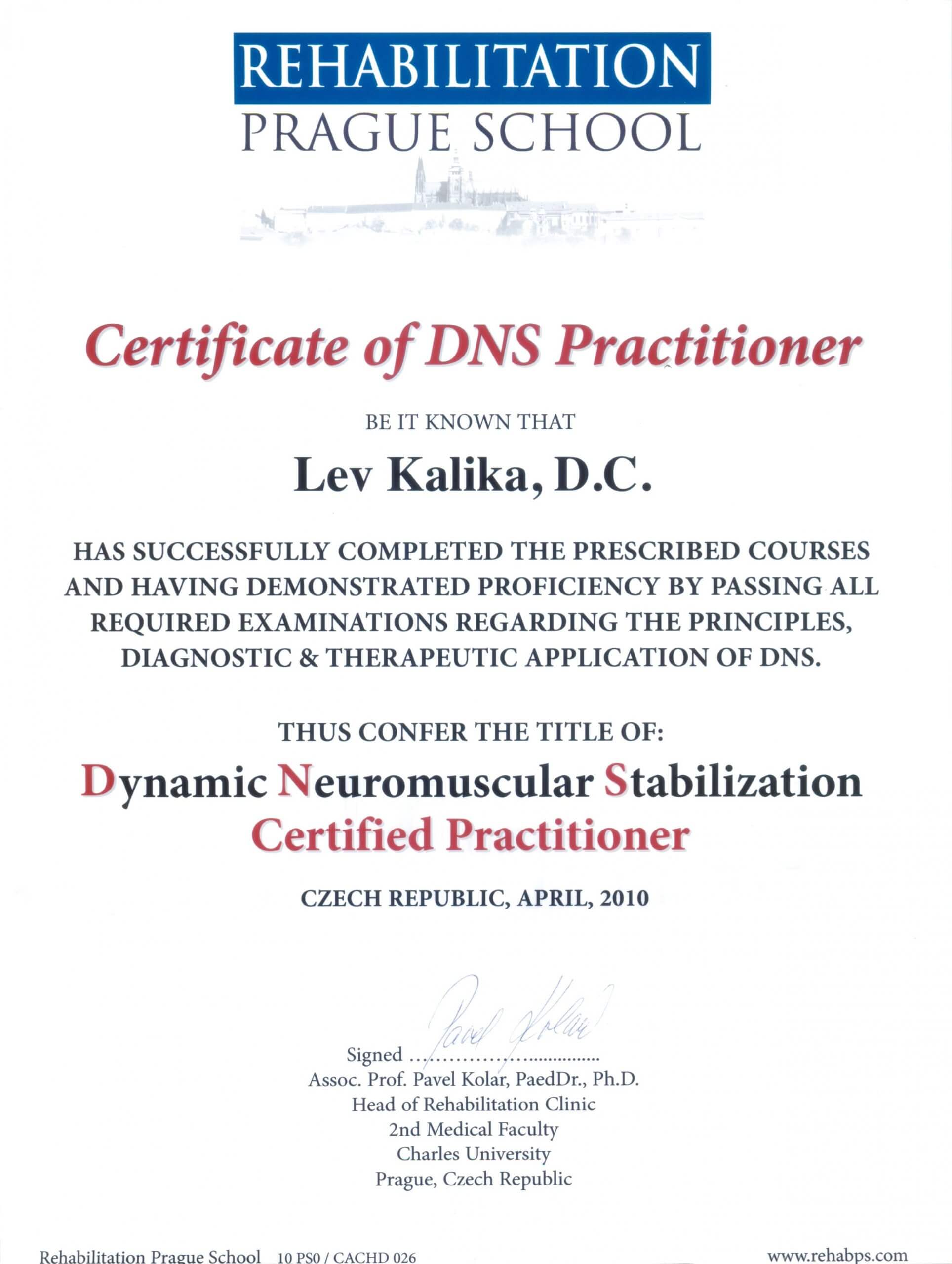
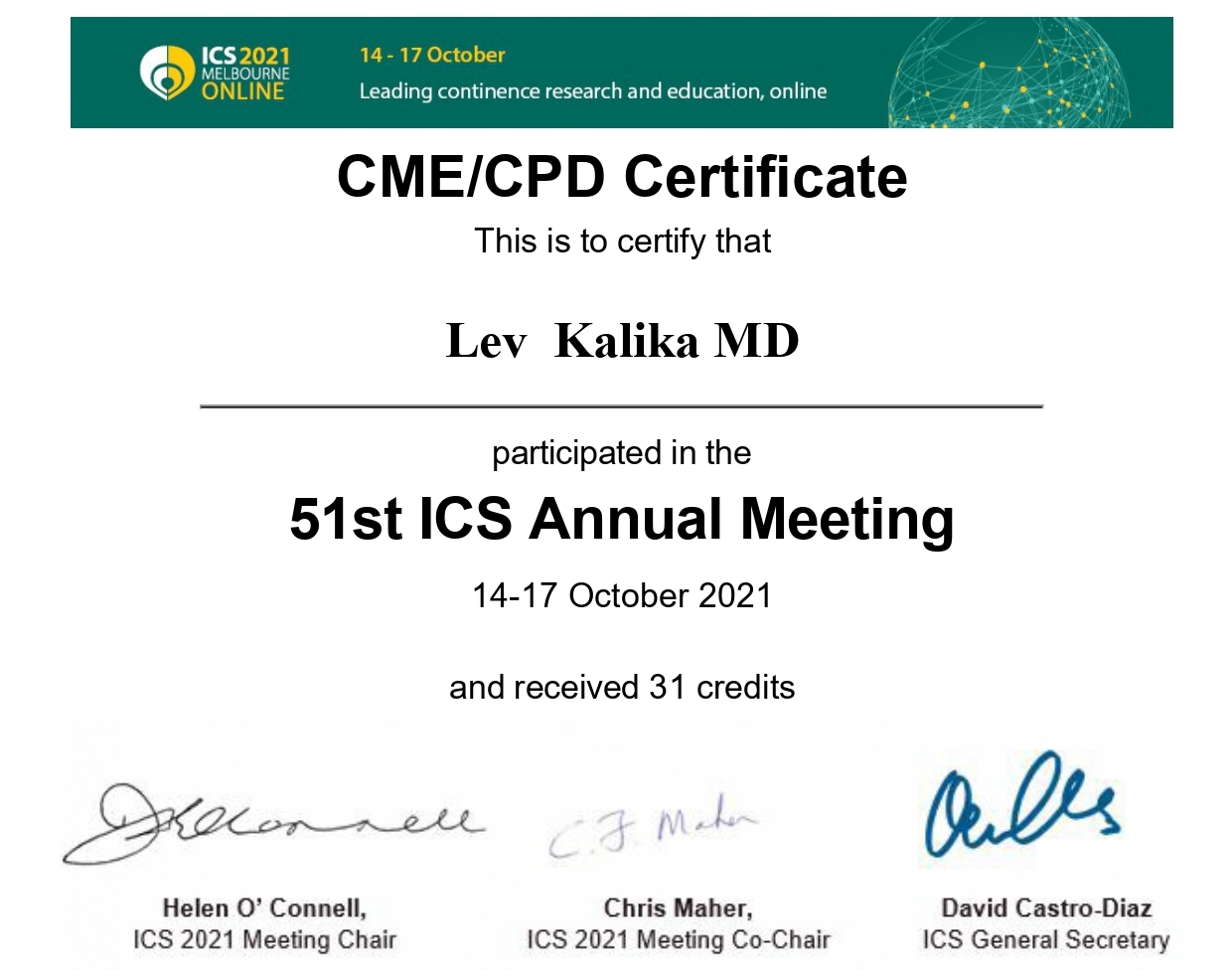
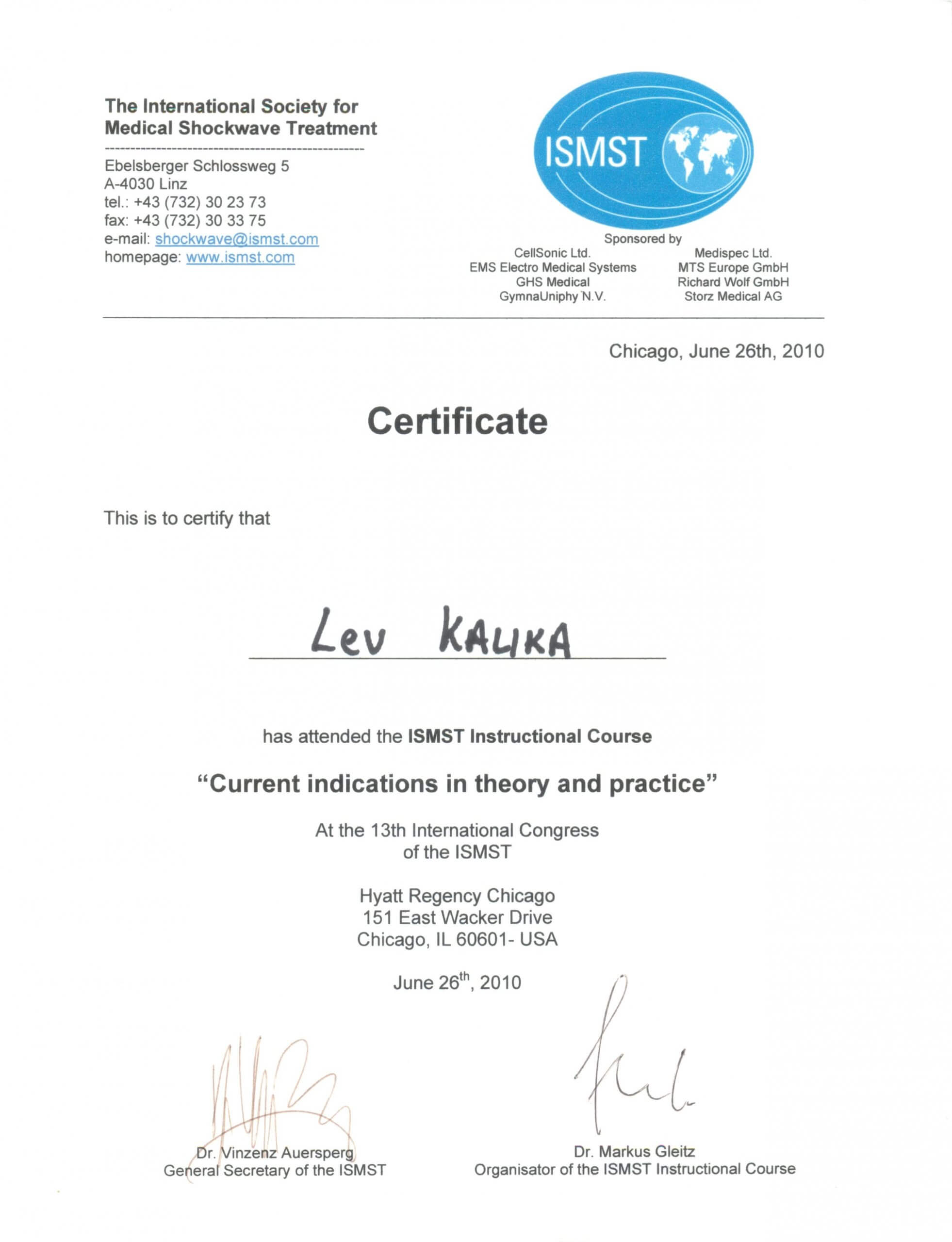
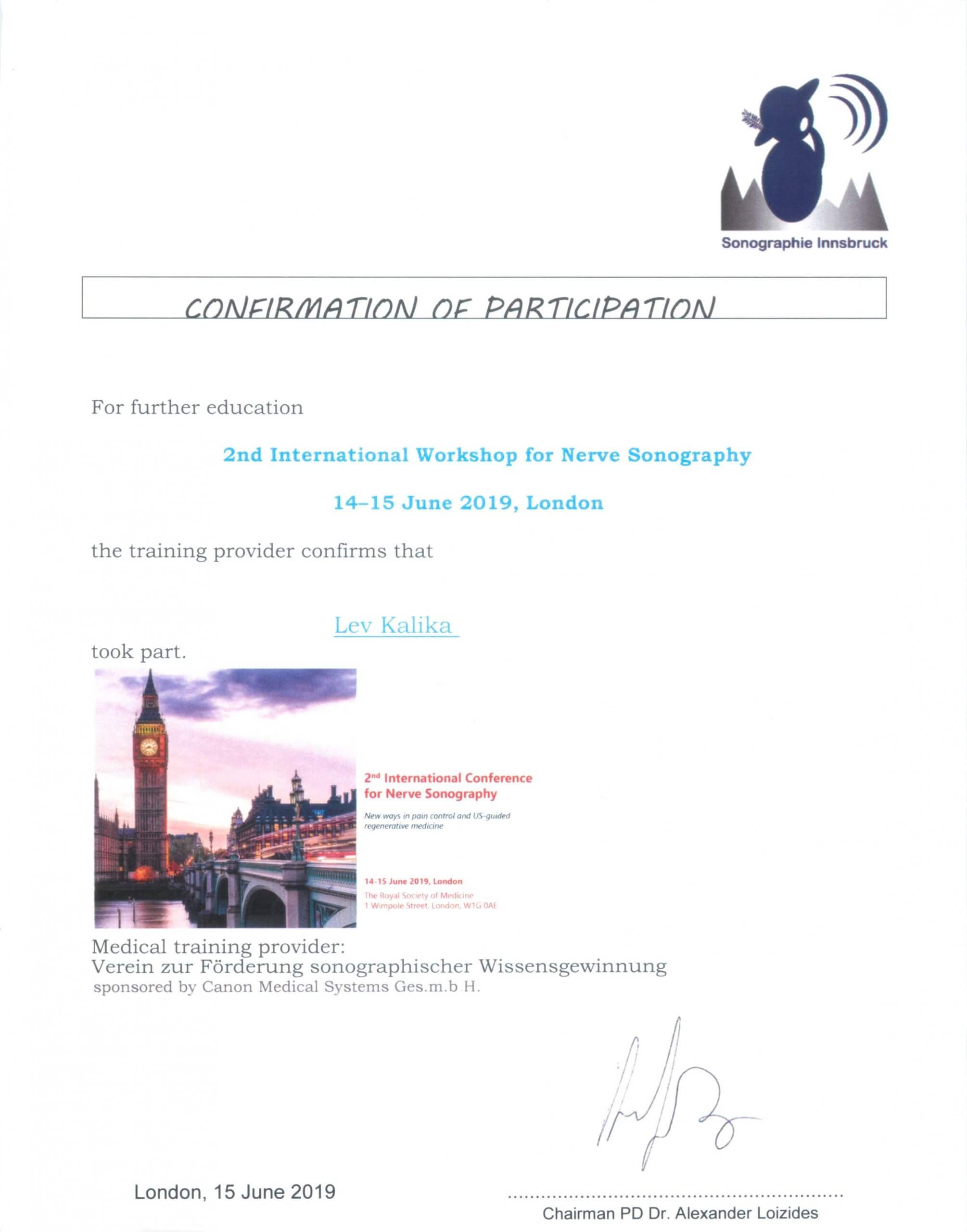

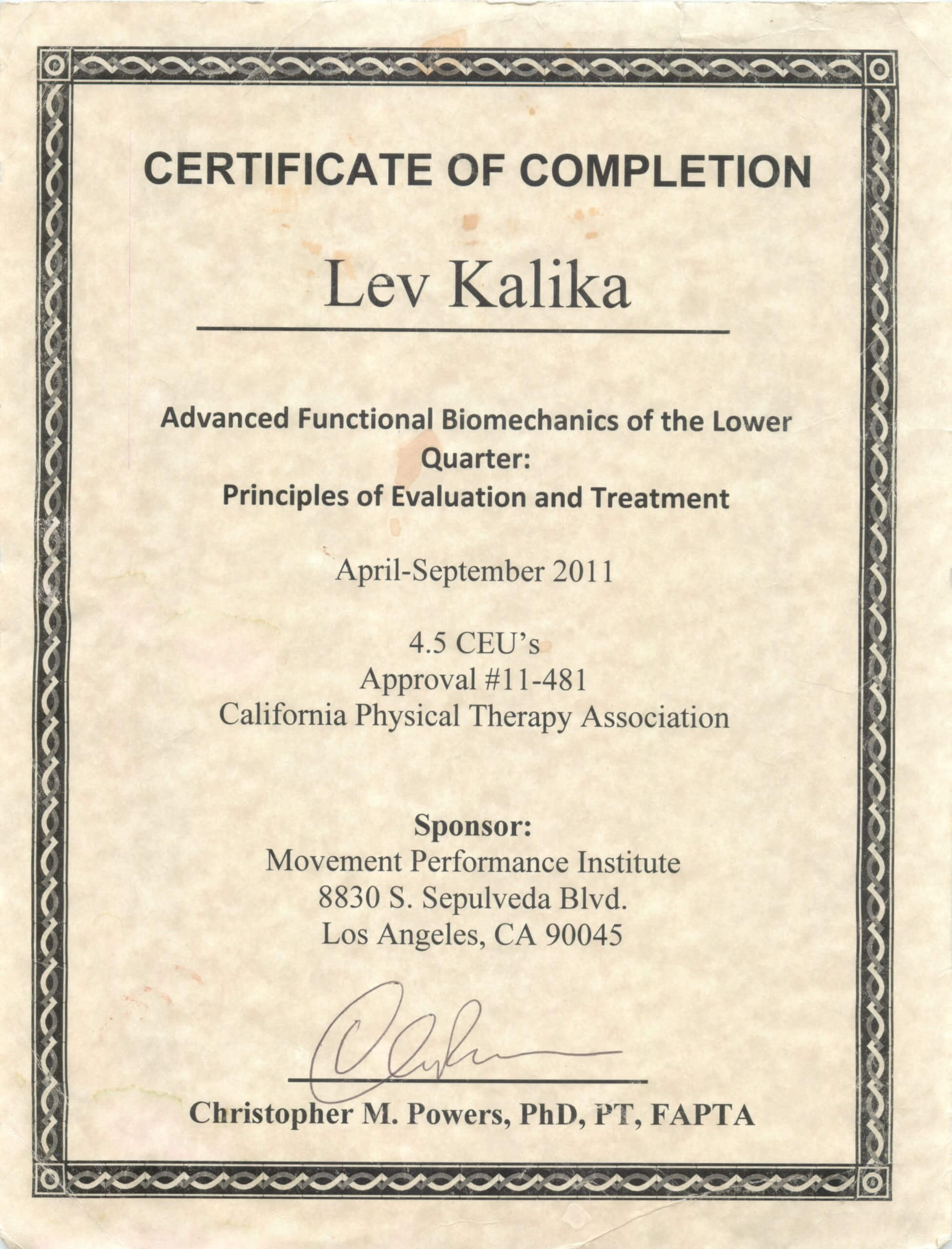
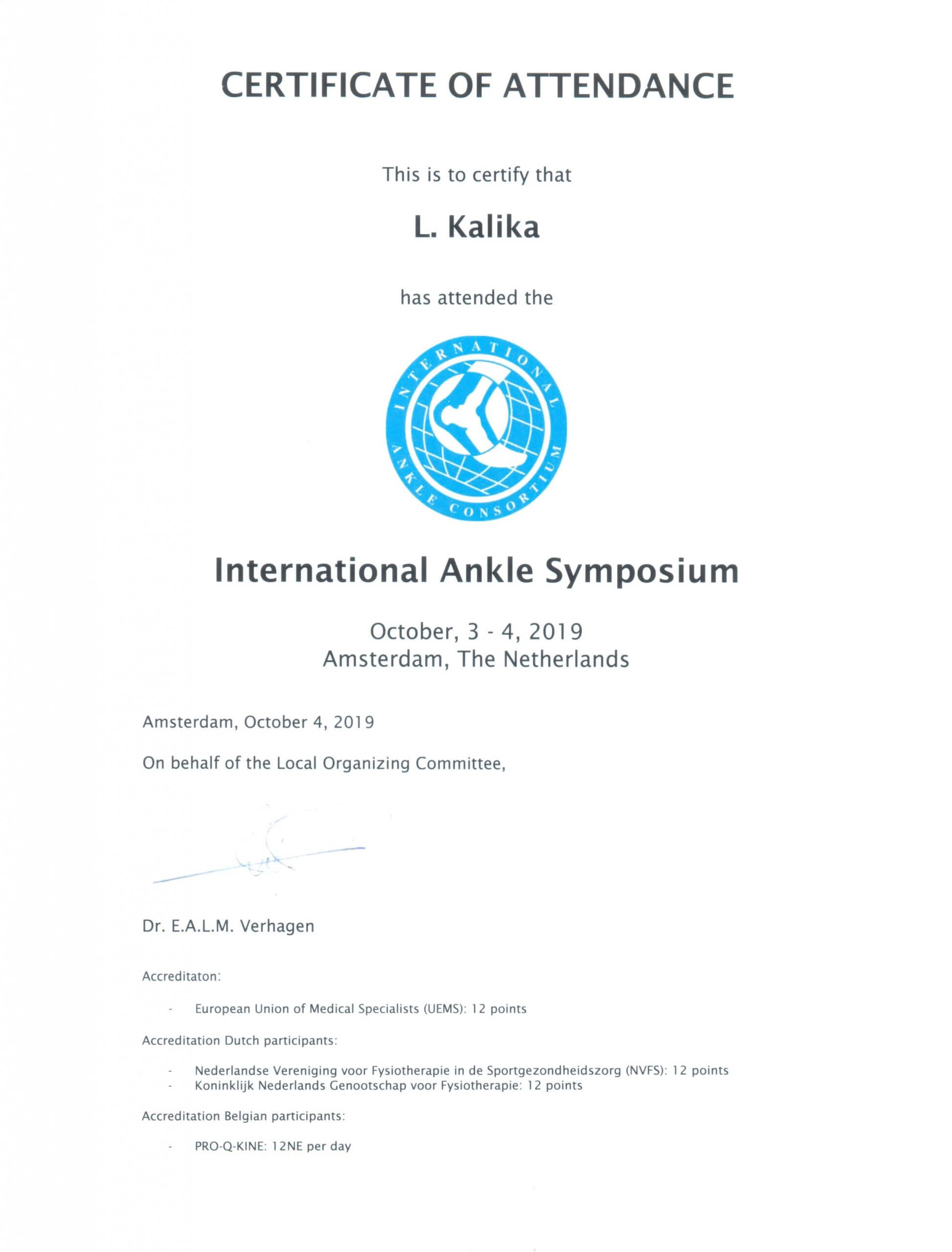

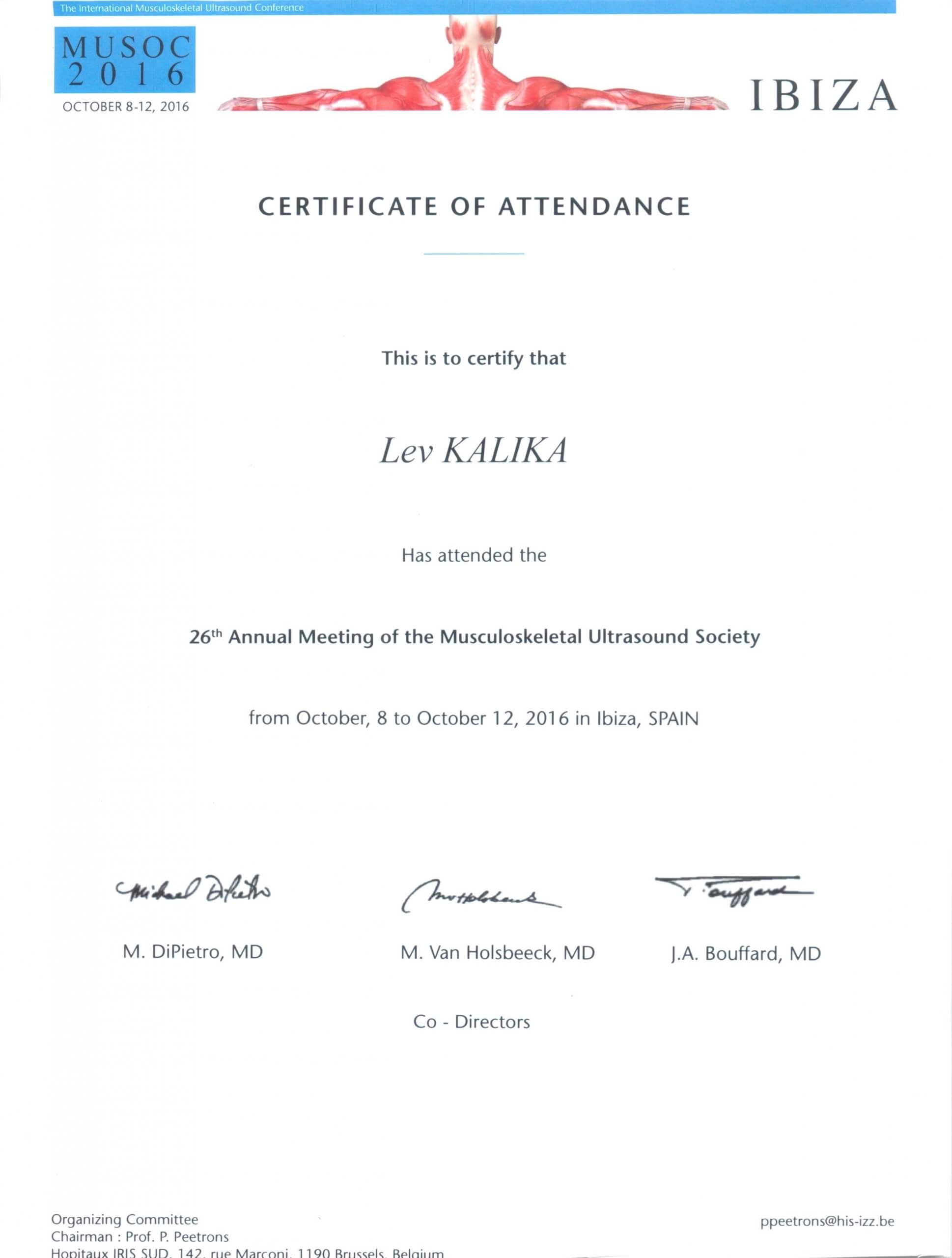
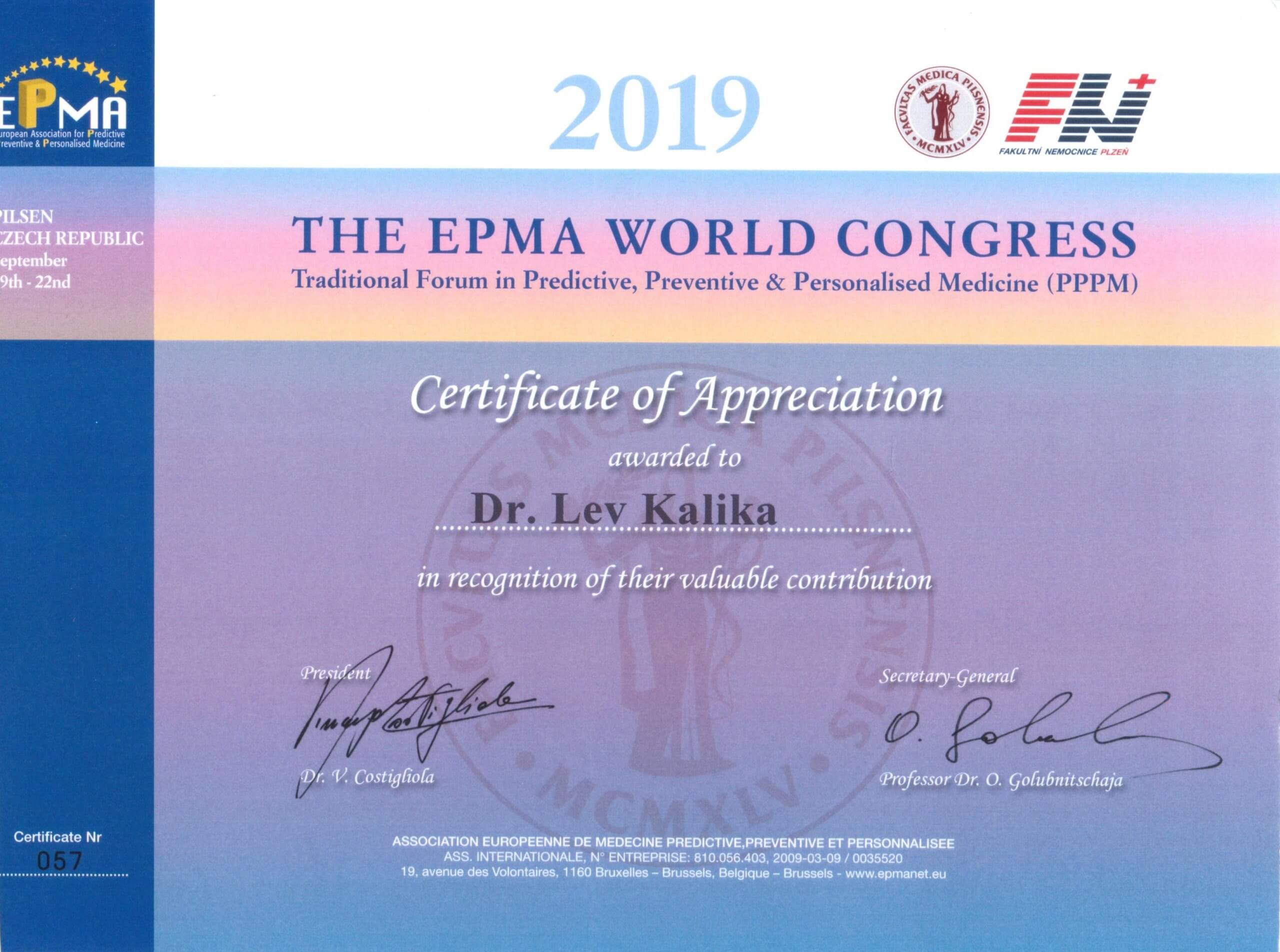
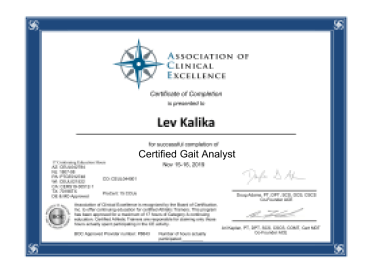

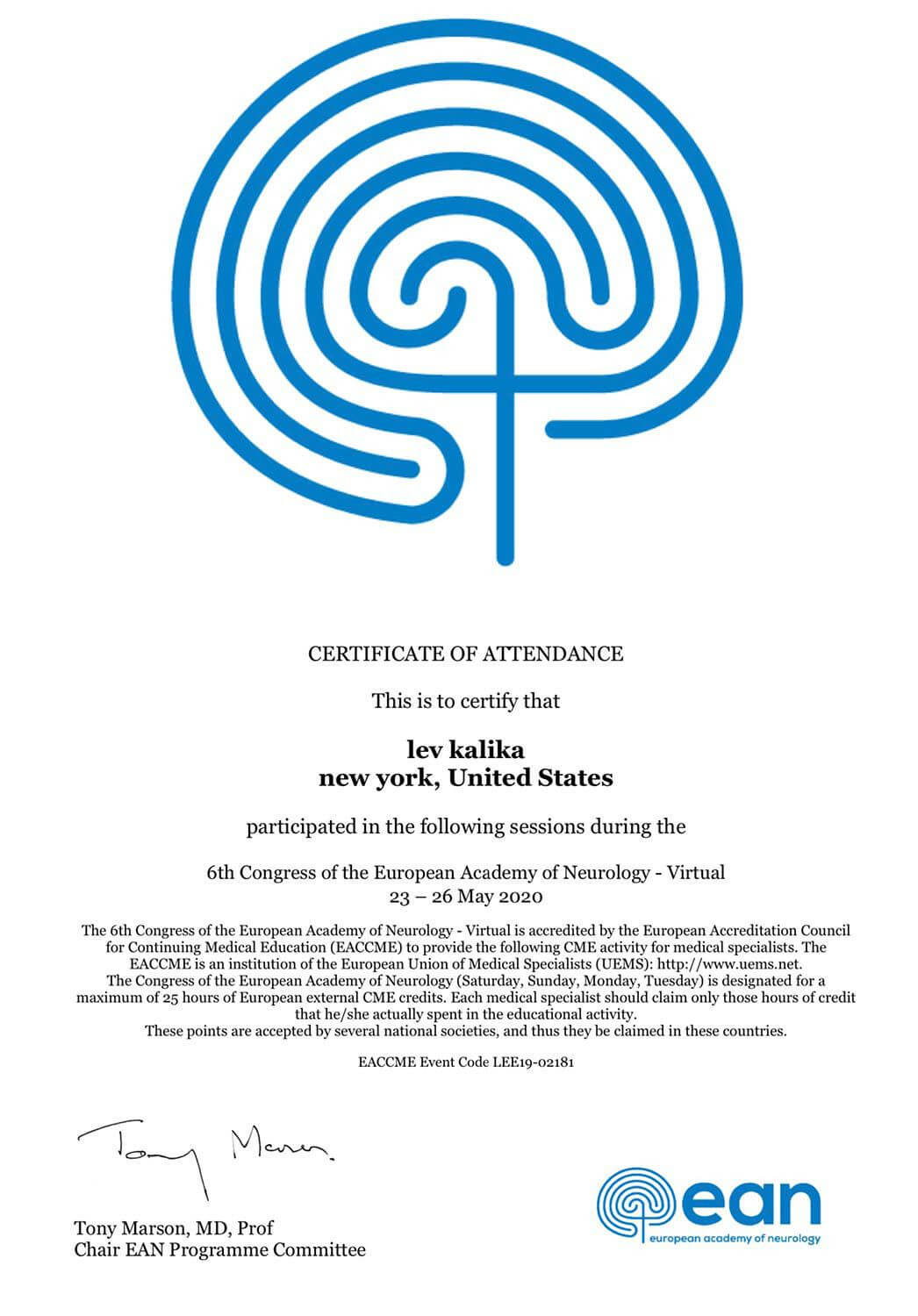
 Dr. Michael Goynatsky
Dr. Michael Goynatsky 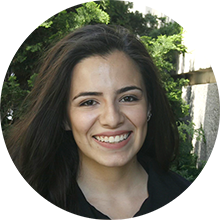 Dr. Daniela Escudero
Dr. Daniela Escudero  Dr. Michelle Agyakwah
Dr. Michelle Agyakwah 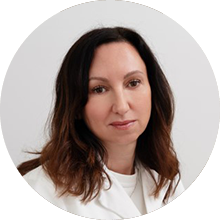 Dr. Tatyana Kapustina
Dr. Tatyana Kapustina 




















